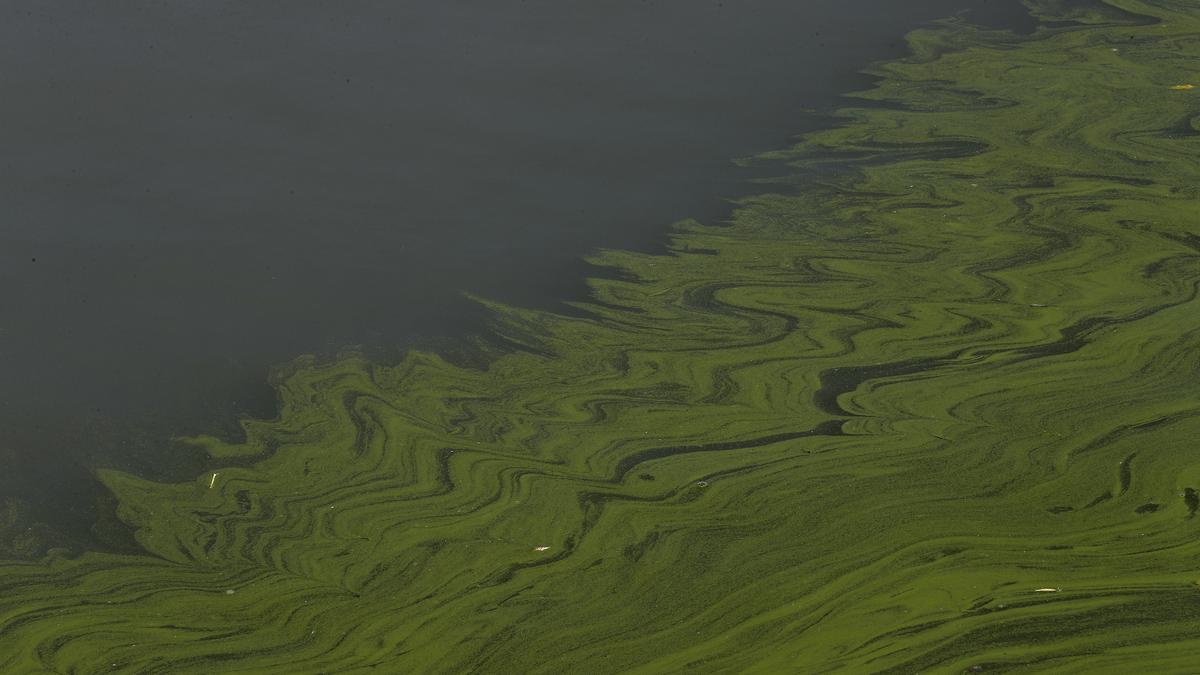In a surprising turn within the climate change narrative, Earth’s oldest and smallest life forms, which have survived for billions of years, are exhibiting remarkable adaptability to the changing climate.
Remarkable Adaptability
Researchers have discovered that these ancient microorganisms, such as extremophiles, are not just surviving but may actually be benefiting from the evolving environmental conditions. These organisms, which thrive in extreme environments, are showing resilience and adaptability in response to rising temperatures and altered habitats.
Expanding Range and Population Growth
Studies indicate that some of these microorganisms are expanding their ranges and increasing their populations as they take advantage of new niches created by climate change. Their ability to endure and adapt to harsh conditions could position them as unexpected winners in the ongoing environmental transformation.
Implications for Climate Change
This newfound advantage of ancient microorganisms highlights the complexity of climate change impacts. While many species are struggling, some may find new opportunities in a warming world. Ongoing research into these ancient life forms could provide valuable insights into how other species might adapt and thrive in changing climates.
Multiple-Choice Questions (MCQs):
- What is the surprising development observed in ancient microorganisms in relation to climate change?
- A) They are going extinct.
- B) They are struggling to survive.
- C) They are demonstrating remarkable adaptability and may benefit from climate change.
- D) They are moving to cooler climates.
- Answer: C) They are demonstrating remarkable adaptability and may benefit from climate change.
- What types of microorganisms are specifically mentioned as adapting well to climate change?
- A) Bacteria
- B) Extremophiles
- C) Viruses
- D) Algae
- Answer: B) Extremophiles
- How are some of these microorganisms responding to the changes in environmental conditions?
- A) By decreasing their populations.
- B) By expanding their range and increasing their populations.
- C) By migrating to other planets.
- D) By entering a dormant state.
- Answer: B) By expanding their range and increasing their populations.
- What could the survival strategies of these ancient microorganisms offer to researchers?
- A) Insights into space travel.
- B) Insights into how other species might adapt and thrive in changing climates.
- C) Information on ancient civilizations.
- D) Techniques for human longevity.
- Answer: B) Insights into how other species might adapt and thrive in changing climates.
